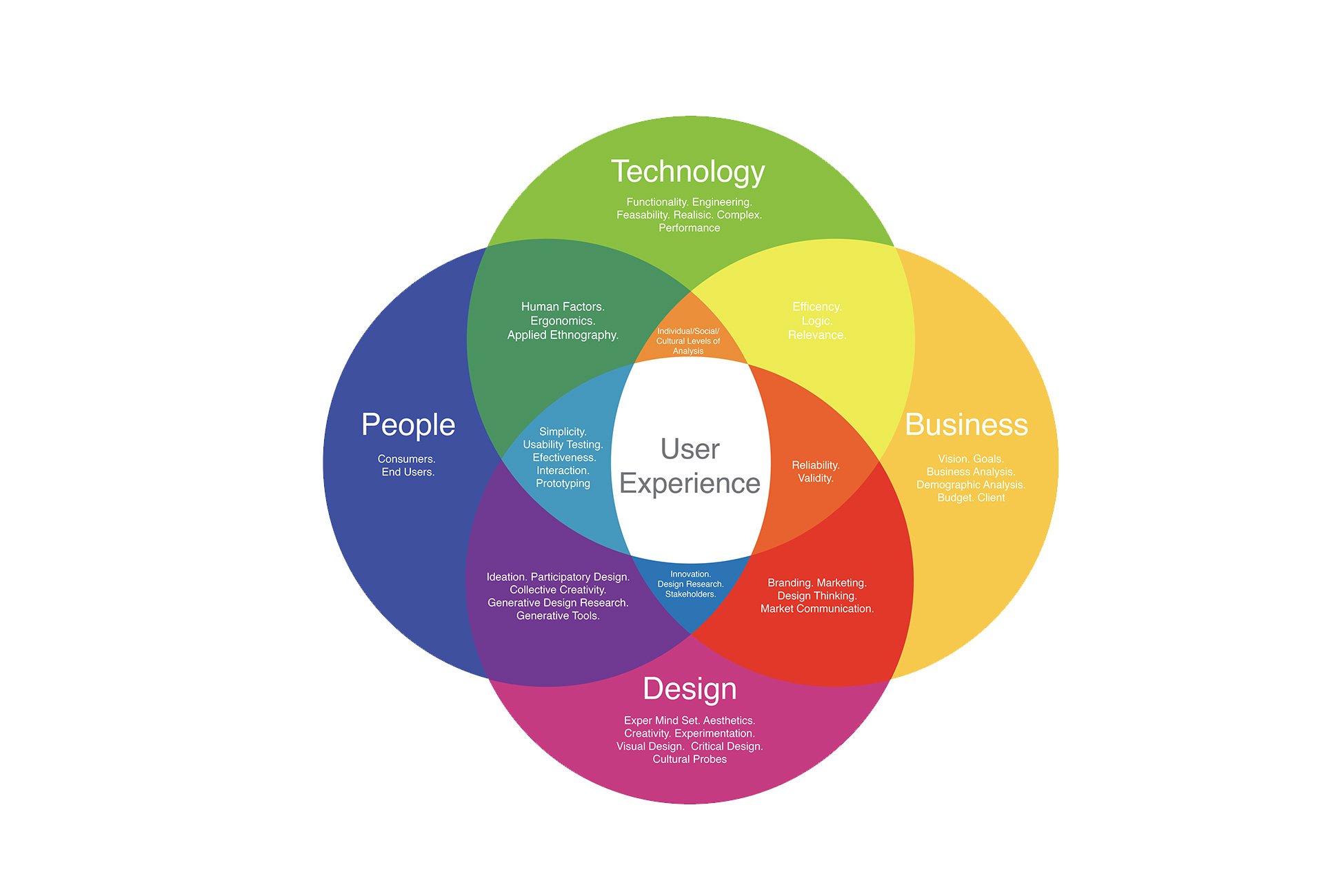
User Center Design
The Essential Elements of User-Centered Design
Visibility
Users should be able to see from the beginning what they can do with the product, what is it about, how they can use it.
Accessibility
Users should be able to find information easily and quickly. They should be offered various ways to find information for example call to action buttons, search option, menu, etc.
Legibility
Text should be easy to read. As simple as that.
Language
Short sentences are preferred here. The easier the phrase and the words, the better.

Specify The Context of Use
Identify the people who will use the product, what they will use it for, and under what conditions they will use it.
PERSONAS
To visualize it better, a persona is created at the beginning of the process to have an example of a target, whom you are trying to reach. You can even come up with the name. It is a representation of a particular group of people with the same patterns; behavior, needs, goals, skills, attitudes, etc. Persona helps to make right decisions about product features, navigation, interactions, visual design and much more. It helps you prioritize the design work, understanding what the user needs and what functions are simply nice to add and have.
SCENARIOS
It is a “daily life of” your target, of your persona. It is about problems persona has. Here, small details both emotional and physical ones, matter.
USE CASE
It is a series of steps for the persona to achieve the goal.

User-Centered Design and Agile Methodology
Customer Focus
All activities are focused on the user, on his/her needs by providing value through ensuring a useful, usable and engaging product.
Iterative Development
Iterative Development: Early and frequent delivery of working software contributes to project visibility, reduces project risk via regular feedback, encourages continuous improvement and enables the early realization of business benefits, time to market.
Testing
Testing plays an integral role in every phase of the project lifecycle. User testing is crucial for designing a product to ensure that you are working on the right thing at the right time.
Transparency
As stated by Marc McNeill, all stakeholders are provided with maximum visibility into project progress.
Cost reduction
Costs are reduced because users can understand and use products without additional help. There is also a reduction in training costs. Moreover, there is no need to spend time and money on redoing things.
Higher customer satisfaction
At the end of the day, the user receives what they want and how they want. As you deliver what is requested in your target market, you guarantee increased sales.
Risk reduction:
As you work hand in hand with your user, you are sure you are going in the right direction.
Productivity
As you always do what your user wants, there is less need to spend time on unnecessary things or features that users will not use or like.
